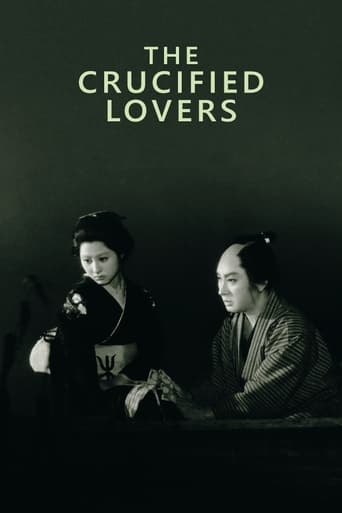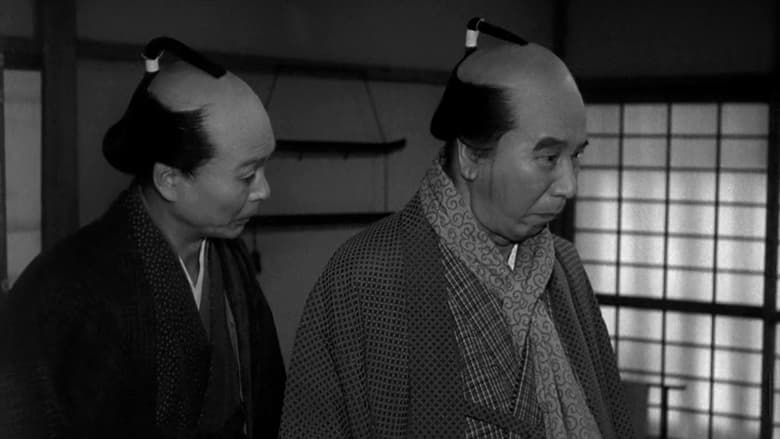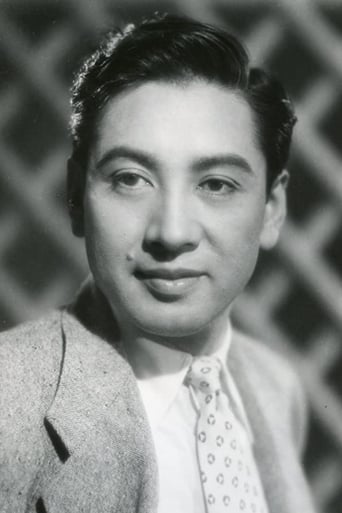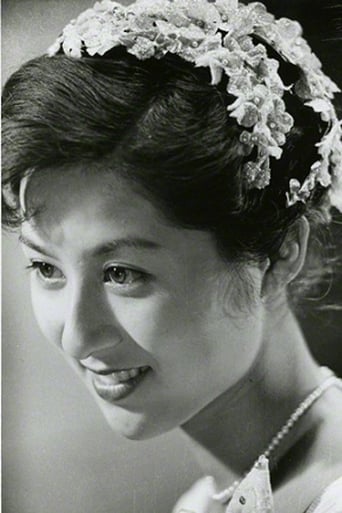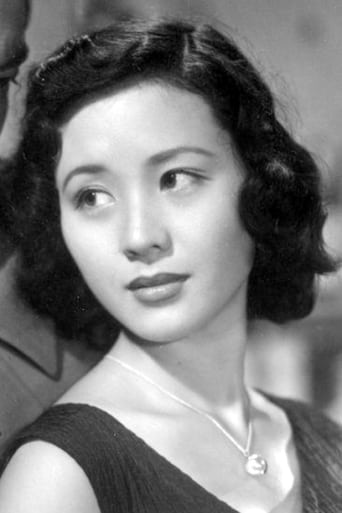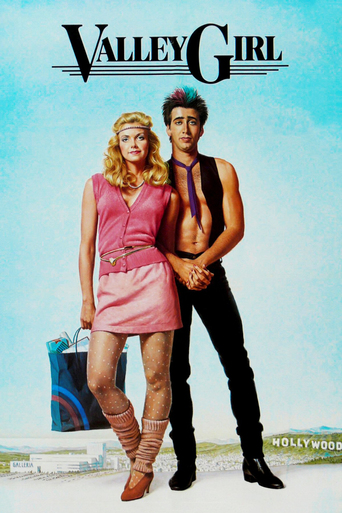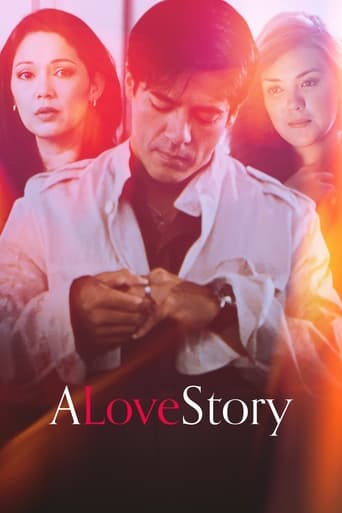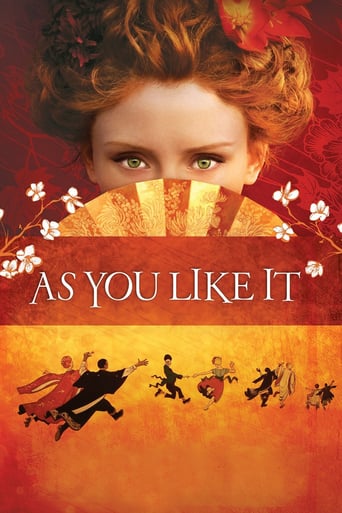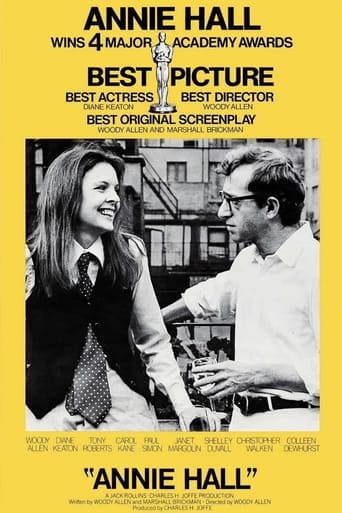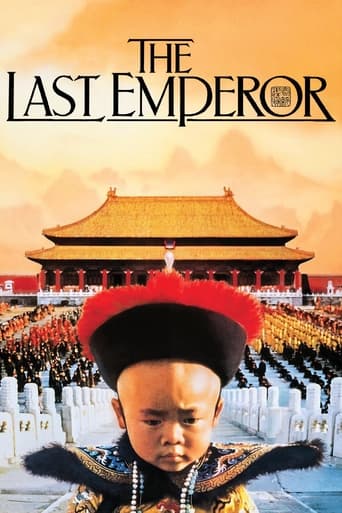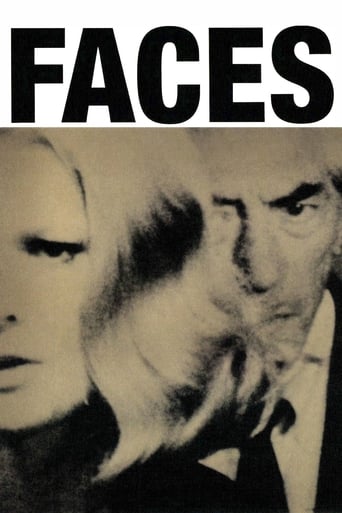The Crucified Lovers (1954)
When the wife of a 17th century Kyoto scroll-maker is falsely accused of having an affair with his best employee, the pair flee the city and find themselves falling for one another.
Watch Trailer
Free Trial Channels
Cast


Similar titles
Reviews
Highly Overrated But Still Good
It isn't all that great, actually. Really cheesy and very predicable of how certain scenes are gonna turn play out. However, I guess that's the charm of it all, because I would consider this one of my guilty pleasures.
Clever and entertaining enough to recommend even to members of the 1%
All of these films share one commonality, that being a kind of emotional center that humanizes a cast of monsters.
Mizoguchi is acclaimed for all of his work, but is mostly praised for the succession of masterpieces he directed at the end of his career. "The Crucified Lovers" is my favourite. Note the original title means "A Tale From Chikamatsu", after the classic Japanese author Chikamatsu Monzaemon who wrote the early 18th century play the movie is based on.It is a rare film where each image is finely crafted as a piece of art, yet without ostentation. "We must clean our eyes between each shot", Mizoguchi said: he perfectly applies this precept here. Each shot is meaningful, none feels superfluous.*** WARNING: CONTAINS SPOILERS ***The movie narrates a love story, yet with important social and psychological themes, as show the regular alternation between the lovers' scenes and others. It depicts a harsh society where nobles rule ruthlessly, money reigns, people are dominated by conventions and adultery is punished by crucifixion. Traditions overrule everything including family bonds: Mohei's father rejects his son instead of helping him and denounces him (even if he frees him afterwards); O-Tama's uncle blames his niece for a petty lie; O-San's family blames her and finally gives her up. Women are the main victims: O-San's family decided to marry her to a much older, despicable man; he cheats on her but she has to go; O-Tama is abused but also has to go.It is a world of corruption and hypocrisy: Ishun condemns the adulterous lovers at the beginning but cheats on his wife; Isan pretends he is concerned by Ishun's misfortune but conspires for his downfall; Sukeimon betrays his master; there are political intrigues involving debts and law. This society seems doomed to carry on, as show recurring events and symbols: the output of the printing house is calendars issued every year; the chestnut merchant comes every year; there is a crucifixion at the beginning and another one at the end; when Ishun is eventually discharged, Isan who will take over looks just as vile (though more intelligent, perhaps).In this context, the love story is all the more compelling since O-San and Mohei fight against everything: law, reputation, conventions, family. The scenes between the lovers become increasingly intense. Eventually when they are condemned, they look happy because they can remain together even if they die.Images express how their relationship liberates them. At the beginning they are suffocating in the printing house: it is filled with people, objects, beams, screens, shadows and even spider webs when Mohei is held captive. O-San has financial issues. Mohei is sick. When they run away, they are first obliged to take shelter in dark places and hide between huge barrels that seem to crush them. However, when and after they voice their love, they are in nature: despite the difficult situation, it feels as if we can breathe. A unique shot shows there is no going back: as Mohei runs down a hill followed by O-San, the camera pivots down on the two characters lost in the endless slope. It signifies in a simple, powerful way the intensity of their love but also how it will lead them to irreversible consequences.However this liberation is short-lived: after Mohei's father refuses to help them, they are confined in a small dark hut. Then they are held inside again. The movie ends on a stunning camera movement, zooming high out of the lovers among the crowd. It is the only such movement in the film, making it more gripping (somewhat reversed from the above-mentioned shot on the hill, although in the latter the camera pivots down without zooming): it magnificently summarises the love story surrounded by a hostile society.Mizoguchi's images are more than masterly: they are metaphysical. He shows a high respect for oppressed characters: they are framed close and the camera discreetly follows them, slightly going up as they come closer or going down as they kneel, which happens frequently. He also demonstrates decency: the shot becomes distant when the scene grows too personal, for instance when the lovers spend their first night together or in the example below. These superb aesthetics show even in apparently simple scenes. Just one example: when O-San meets O-Tama in her room at the beginning of the movie.Shot 1: general view of the room. O-San enters, moves forward and kneels while O-Tama moves to the back. The camera adjusts to O-San as described above.Shot 2: closer image precisely when O-Tama moves forward. This subtle coordination of movement (image and character) makes the shot transition look completely natural. We get closer as the conversation becomes more intimate.Shot 3: even closer image, from the opposite side of the room, precisely when O-Tama turns around. Again, the transition is fluid and the close image shows the increasing intimacy. The opposite shot illustrates the shock of O-Tama's revelation: Ishun is abusing her. Music rises at the end.Shot 4: same as shot 1 but we now see the two women from the back since they have turned around. The camera has resumed its initial, distant position out of consideration for the despaired characters. Both women are faceless: dominated, denied a proper existence. The music insures the transition with shot 3 and highlights their sorrow.Hence in just four seemingly plain shots (of which two are similar), Mizoguchi reveals the characters' emotions and condition. The scene lasts a bit more than two minutes but embodies a whole story. One jewel amidst many others.A last note about the score. The aggressive music during the opening credits announces a movie without compromise: be ready for an aesthetical and emotional experience. During the film, the score delicately beautifies scenes (e.g. the discreet bells when Mohei is captive at the beginning). Eventually, the music becomes more aggressive (e.g. at O-San's family's house), and the movie ends on notes similar to the beginning: the inevitable tragedy has unravelled.
This is adapted from a work by Chikamatsu Monzaemon, one of the defining writers from the early Tokugawa era. His name often reaches us in the contours of a Japanese Shakespeare and as usually with these Western imports to explain Eastern art, it is mostly a lazy comparison. Unlike Shakespeare who continues to inspire a steady flow of film, Chikamatsu's name has been largely neglected however; there is this, and films by Uchida, Shinoda, and Yasuzo Masumura, 'shunji'/double-suicide stories that were Chikamatsu's forte, each enlivened in its own way by the intensity of vibrant artifice and a story of forbidden passions cleansed by death.So film-wise, the heart of these things has been extrapolated from where centuries of concentrated practice refined them, in the stages of kabuki or bunraku, both of which featured elaborate contraptions for generating illusions. The stage having been set, it was all a matter of achieving a cinematic mobility around it. Shinoda made the most clever simple use of that stage in Double Suicide; he was essentially filming what domestic audiences had enjoyed for centuries on the stage of bunraku as part of unbroken tradition, but trusting our eye to be naturally dislocated the right distance to absorb this as a puzzling modernity. It is not unlike what has happened with Mizoguchi; a visual purity from tradition dislocated, thus obscured, through Western interpretations.But let's backtrack a little. We know that Chikamatsu abandoned kabuki for the puppet theater of bunraku, an author's theater, with pliable actors held on strings and the gods that move the world made visible. There he worked in favour of better integrated audience manipulation, in favour of an idealized realism sprung from the author's mind.So here we have a film about a scroll-maker, himself an artist charged with cultivating idealized images, fighting against the idealized reality he has helped cultivate in a quest for the true love he had all his life sublimated into perfect service.It is very similar to Oharu in this way; the film structured around the tension that rises from characters performing idealized roles and the tortured heart that gives rise to them. There is a master printer who cultivates the image of the noble benefactor but who is a cruel deceiving scumbag. Nobles who act magnanimous in the open but then use their position to barter for money. The rival printer who feigns congratulations or compassion but who is secretly plotting for the imperial position.So this idealized world that Chikamatsu advocated and in a small part helped cultivate, Mizoguchi posits to be a system of organized oppression with victims its own characters.But it is in thrusting through this world of idealized, thus largely fictional appearances, that the two lovers can finally realize feelings that were socially prohibited. In this fictional world true beauty, a love fou, is realized by shedding the artificial. As it turns out, the two of them become the couple they were groomed to be.As usual with Mizoguchi, the narrative on the surface level is never less than obvious. It is clean, disarmingly earnest. It seems like the film does not demand anything of us. But beneath the controlled histrionics, there is a heart of images that beats with abstract beauty.The final image is of the two lovers publicly declaring love by simply standing together. It is again clean but resonates outsid the narrative. Their fate is sealed, but the image no longer cultivated but naturally arisen now has the chance to blossom across the audience of curious onlookers. It is an image with the power to inspire change.Mizoguchi is not a filmmaker I can deem personal. But he's a remarkable study just the same.
This is certainly a good film, beautifully photographed and evocatively acted. Yet one should certainly criticize it, and Mizoguchi, for it is not without flaws and weaknesses. Mizoguchi really cared for women, and wanted to make statements on man's lack of sympathy and total cruelty, yet he sometimes gets ahead of himself in trying to make this statement by adopting the wrong means. This is certainly a case in 'the Crucified Lovers', 'Princess Yang Kwei Fei' and 'Zankiku monogatari'. He sets the scenario in feudal Japan, which leaves the viewer at the end with the partially right exclamation: "boy, does feudalism suck, I'm glad that it is over...". And true, some of the scenarios such weaker films of Mizoguchi present would be literary impossible today. Also, his women characters sometimes become archetypes of unrealistic self-sacrifice, which also simplifies the scenario less appealing. Saying that, "Crucified Lovers" is a good film, with such few relative weaknesses, though the sometimes chilly, cynical prose by Ueda, the screenwriter helps this film allot. I still highly prefer and recommend Mizoguchi's 'realistic, 'contemprary' films of 1936: 'Osaka Elegy' and 'Sisters of the Gion', as well as his late masterpieces, in which he showed more restraint and subtlety: 'Ugetsu', 'Sansho Dayu', and 'The Life of Oharu'.
I saw this over 20 years ago and I remember it well. Superb photography. Great acting by the 2 leads. How things were different in that era compared to today in Japan. This is probably very hard to find on video if it exists at all. But you may see it in art houses like I did. Another Mizoguchi classic. If you like his work, I recommend The Human Condition, the greatest film ever made.

